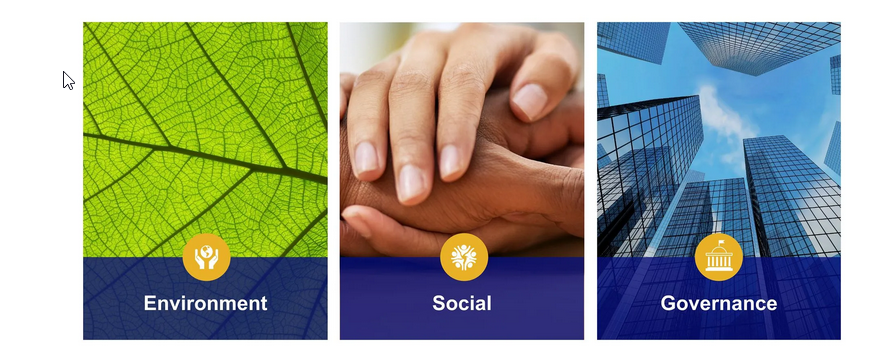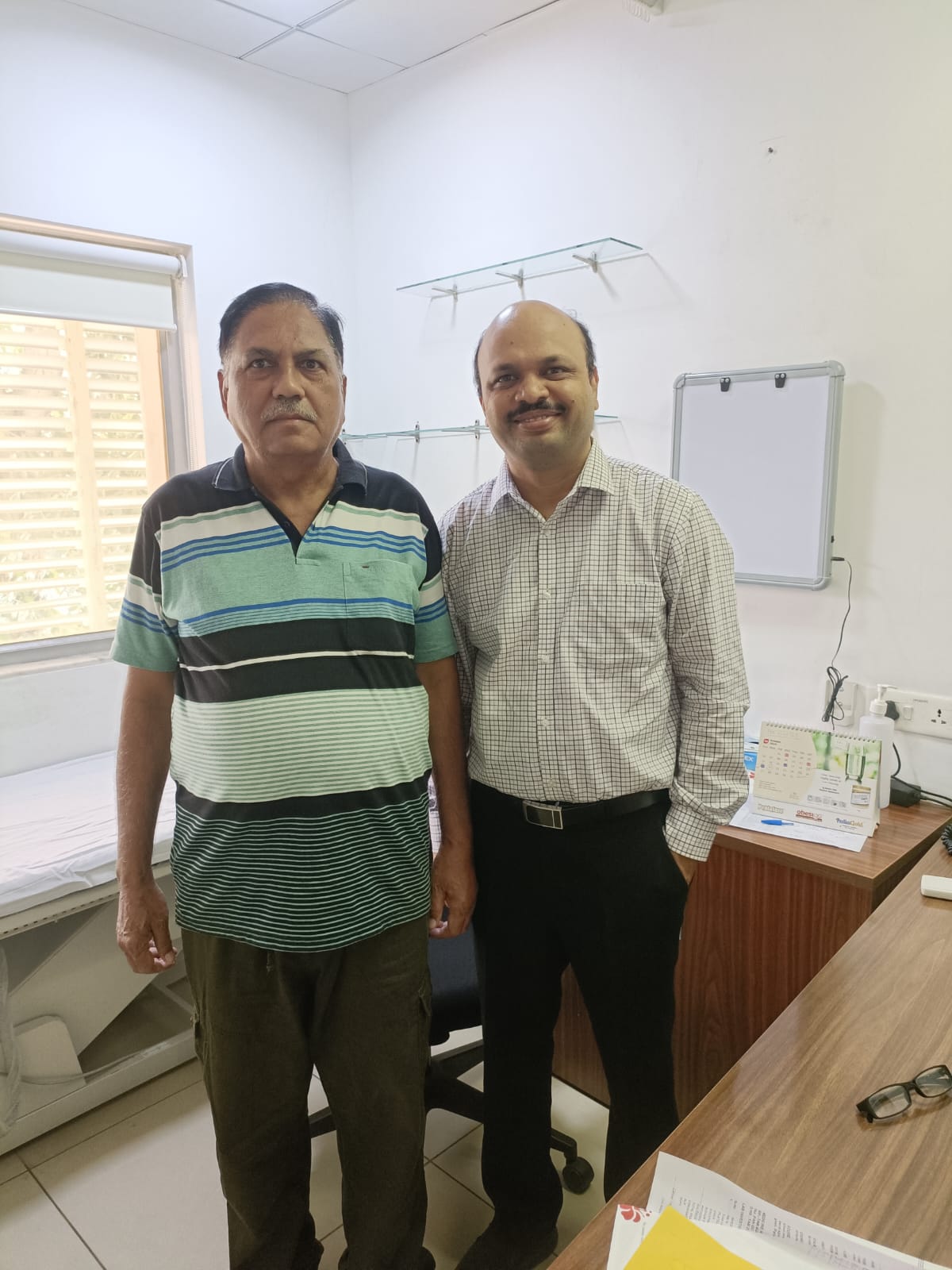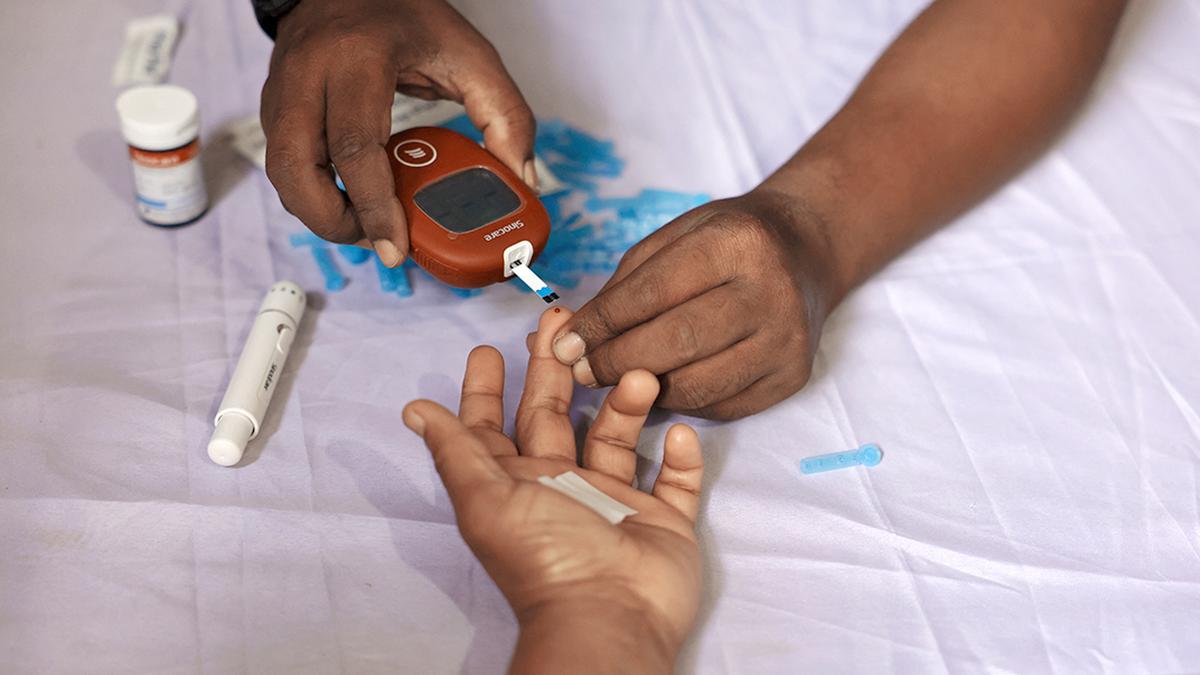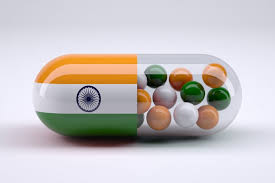The Indian government recently reaffirmed its commitment to the well-being of the younger generation with the release of a report titled “Economic Case for Investment in the Well-being of Adolescents in India.” The event showcased the country’s efforts to promote youth health and development and highlights d the economic benefits of investing in adolescent welfare.
Government Commitment: Union Health Secretary Apurva Chandra highlighted India’s dedication to nurturing adolescent talents and empowering them to build a brighter future. He emphasized the government’s focus on creating an environment where adolescents can thrive, make informed decisions, and contribute meaningfully to society.
Economic Benefits: The report, building on global findings from the 77th World Health Assembly in Geneva, outlines the significant economic benefits of investing in adolescent well-being. It projects that an annual investment of $33 billion across various sectors could yield returns of $476 billion per annum, potentially boosting India’s GDP by an average of 10.1%. This highlights the substantial return on investment in adolescent health and development programs.
Key Initiatives
Chandra highlighted several key initiatives aimed at improving adolescent well-being:
1. Rashtriya Kishor Swasthya Karyakram (RKSK): This program targets 253 million adolescents, focusing on marginalized groups to ensure inclusivity and broad reach.
2. School Health and Wellness Programme under Ayushman Bharat: This initiative promotes health education and services within schools to foster a healthy environment for adolescents.
3. Scheme for Promotion of Menstrual Hygiene: This scheme addresses the critical issue of menstrual hygiene management among adolescent girls, promoting better health and reducing school absenteeism.
Prof. Bruce Rasmussen from Victoria University presented key findings, suggesting that increased government intervention in areas such as education, skill development, and reduction of child marriage and road accidents could lead to significant GDP growth.
Dr. Rodrigo H. Ofrin, WHO Representative to India, emphasized India’s achievements in various health indicators and the importance of investing in adolescents to achieve Sustainable Development Goals.
Budget Allocation: The government’s commitment is reflected in the 2024-25 Union Budget, which allocates Rs 2 lakh crore (approximately $26.67 billion) towards education, job creation, and skill development for 41 million youth. This significant investment highlights s the government’s focus on creating opportunities for adolescents to thrive and contribute to the country’s economic growth.
Collaborative Efforts: Representatives from various sectors, including education, health, and international organizations, attended the event, discussing the multifaceted approach needed to address adolescent well-being. The launch of the U-WIN platform, modelled after the Co-WIN platform, was also announced. This platform aims to digitize and monitor health records of children, ensuring a systematic approach to adolescent health care.
Substantial Economic Benefits: The Investment Case for Adolescent Health & Wellbeing report developed by PMNCH highlights s the substantial economic benefits of investing in adolescent well-being. It highlights seven key programs in areas such as adolescent health, education, child marriage prevention, and road safety, which are expected to yield impressive returns on investment. For every dollar invested, returns are estimated to range from USD 4.6 to USD 71.4.
Importance of Adolescent Well-being: Investing in the well-being of adolescents is crucial for building a robust future. Adolescents represent a significant portion of the population, and their health, education, and development are pivotal for the country’s overall progress. By focusing on this demographic, the government aims to harness their potential, ensuring they contribute positively to the nation’s growth.
The Indian government’s commitment for younger generations well-being is evident through its extensive policies and significant budget allocations. By investing in the health, education, and development of adolescents, India is not only ensuring a brighter future for its youth but also paving the way for substantial economic growth. The collaborative efforts of various sectors and the introduction of innovative platforms like U-WIN highlight the country’s holistic approach to adolescent welfare, emphasizing the need for continuous support and intervention to achieve long-term success.

 By investing in the health, education, and development of adolescents, India is not only ensuring a brighter future for its youth but also paving the way for substantial economic growth.
By investing in the health, education, and development of adolescents, India is not only ensuring a brighter future for its youth but also paving the way for substantial economic growth.










.jpeg)




.jpeg)

.jpg)













